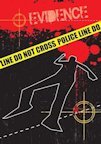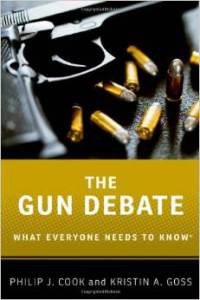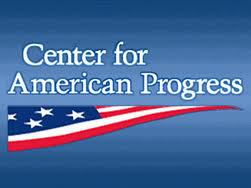I don’t usually give the pro-gun gang free publicity, but I think that everyone who is concerned about reducing gun violence should take out 15 minutes and look at the recently-posted NRA video with Colion Noir. Nobody would pay Colion much attention if it weren’t for the fact that he’s such an atypical gun owner that he gets noticed no matter what he says or does. He’s Black, hip, cool, a real dude in Armani clothing who talks the talk and walks the walk, the talk being how much funs it is to be into guns. And in particular he talks up the whole issue of armed, self-defense which has become the rallying-cry for the surge in gun sales over the last few years.
Actually, the real reason why gun sales have nearly doubled in the last few years has to do with one thing and one thing only, namely, the Kenyan, or the Muslim, or whatever Donald Trump thinks the current occupant of 1600 Pennsylvania Avenue happens to be. And if someone like Trump or any other red-meat Presidential pretender moves into the People’s House in 2017, I guarantee you that gun sales will fall back down to where they were under George W. Bush, 9-11 or no 9-11.
All the more reason why the gun industry is trying to convince everyone that a gun is the best protection against crime. But there’s only one little problem. Violent crime keeps going down. Or at least it keeps going down in neighborhoods where most gun owners happen to live. Because most gun owners are married, White men who live in smaller cities or rural areas, and these are locations that, generally speaking, don’t experience a lot of crime.
Enter Colion with this video attempt to make gun owning to the demographics that don’t seem particularly interested in buying guns: racial minorities, urbanites, women and millennial men. He’s got them all in this video; more than twenty people appear and most actually have something to say. The only problem is that by the end of the production, you really understand what the industry will be up against when the current White House tenant moves back to Illinois.
The video begins with a very realistic and forbiddingly well-done scene in which a young woman screams her head off because someone has just broken down her door. We then segue to a series of discussions between Colion and passerbys on a Houston street, some conversation snips between him, this guy and that guy, a stupidly-banal verbal exchange between Colion and four old high school friends, the requisite appearance of two hip-looking lesbians, and a final, philosophically-concerned exchange between Colion and his female friend, Ja-Mes Sloan.
In this final scene Colion gives the whole thing away because in responding to the doubts about gun ownership voiced by Ms. Sloan, here’s what Colion has to say: “I have the right to defend myself however I choose to defend myself.” He’s a lawyer and he said that? He has the ‘right’ to decide for himself what kind of a weapon he’s going to use? Even gun-nut Antonin Scalia said in Heller that the government can regulate and even outlaw weapons considered too dangerous for civilian use.
But maybe what we’re looking at in this video is Colion’s own attempt at cinema verité because if I were Colion, I’d be pissed off and frustrated by the time I got done speaking with all these old and new-found friends. And the reason I might feel that way is that not one single person says that he or she would ever want to own a gun – not one! In fact, the only person who expressed an interest in self-defense said she would rather get herself a dog. So here we have a video produced by the NRA which starts out with a home invasion but then says that when push comes to shove, most Americans would rather trust Man’s Best Friend, and that friend isn’t a gun.






Recent Comments